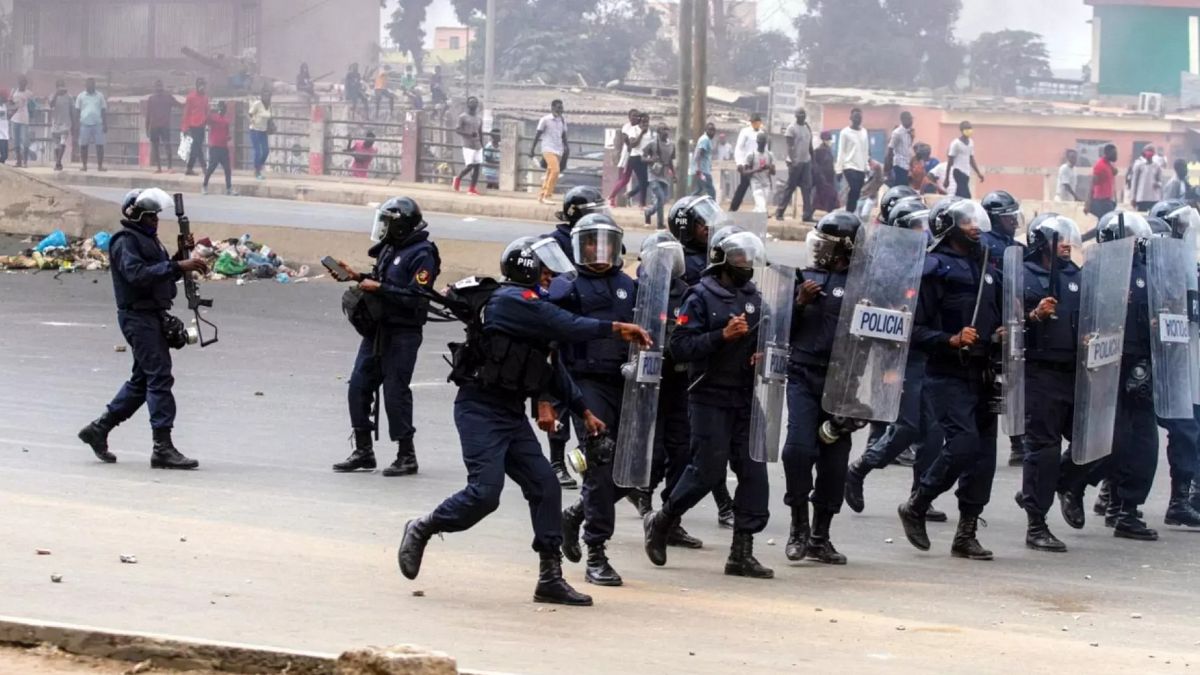

In recent days, the international community has witnessed a mix of challenges and efforts towards peace across various regions. Among these developments, ongoing conflict has been met with attempts to establish ceasefires and address humanitarian needs.
In Angola, protests erupted in response to increasing fuel prices, resulting in a tragic turn of events. As one of Africa’s foremost oil producers, Angola faces the paradox of importing refined oil products at high prices due to limited domestic refining capacity. The increased fuel costs have led to demonstrations that turned violent, with reports confirming four fatalities and several arrests. Despite these challenges, the focus remains on seeking stability and addressing economic grievances with a view to fostering peace.
Meanwhile, in Southeast Asia, a significant step towards peace was made between Thailand and Cambodia. After experiencing the worst cross-border clashes in over a decade, both nations have agreed to an “immediate and unconditional” ceasefire. This agreement, mediated in Malaysia, aims to halt violence that resulted in at least 38 deaths and the displacement of over 300,000 individuals. However, shortly after the ceasefire was enacted, accusations arose from Thailand regarding Cambodia’s alleged breach of the truce. These developments underscore the fragile nature of peace processes and the continuous efforts required to maintain them.
Across the globe in Ukraine, the conflict continues to escalate. Recent Russian airstrikes resulted in at least 22 fatalities and caused significant destruction, including a targeted strike on a prison facility in the Zaporizhzhia region, which resulted in the loss of 17 lives. Additionally, there was an attack on a hospital in the Dnipropetrovsk region that claimed three more lives, including that of a young pregnant woman. Ukrainian President Volodymyr Zelenskyy has described this as a period of severe tension, exacerbated by geopolitical pressures. Notably, former U.S. President Donald Trump has called for accelerated diplomatic efforts, aiming to shorten the timeline for reaching a ceasefire agreement.
In the midst of these tensions, Yemen’s long-standing conflict sees the Iran-aligned Houthi movement declaring intentions to escalate pressures on maritime operations connected to Israel. The Houthis’ call to international entities to exert pressure on Israel to cease its military actions in Gaza and lift blockades is a critical reminder of the intricate geopolitical dynamics that connect conflicts across different regions.
Though the backdrop of conflict and unrest is daunting, these scenarios offer opportunities for dialogue and resolution. They represent the complex tapestry of international relations in which the pursuit of peace remains a paramount goal. Through dialogue, international cooperation, and concerted humanitarian efforts, there is hope for easing tensions and building pathways towards lasting peace.
In each of these cases, the international community watches closely, recognizing the interconnectedness of global peace efforts. While challenges persist, so do avenues for negotiation and reconciliation. It is this pursuit of understanding and collaboration that holds potential for overcoming conflict and moving towards a more harmonious future.
Source: {link}
